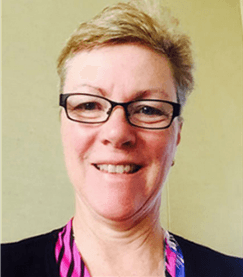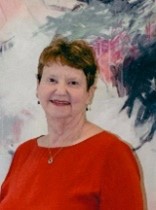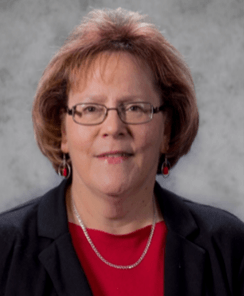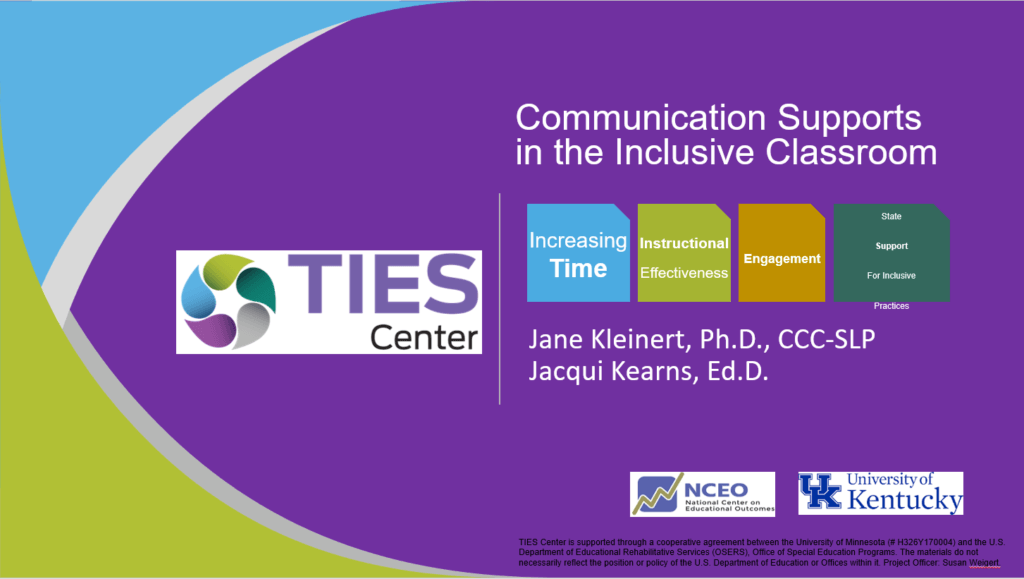
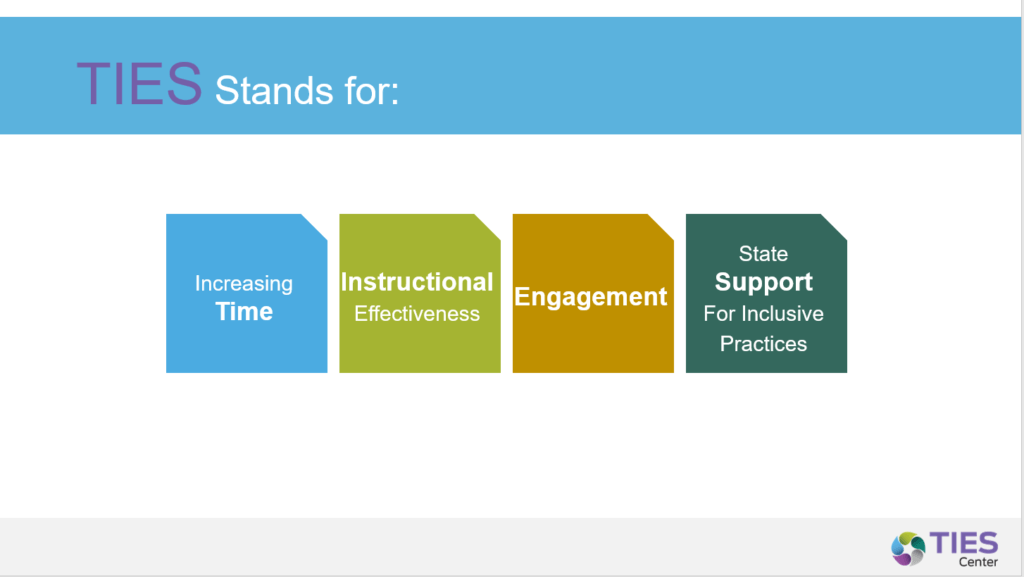
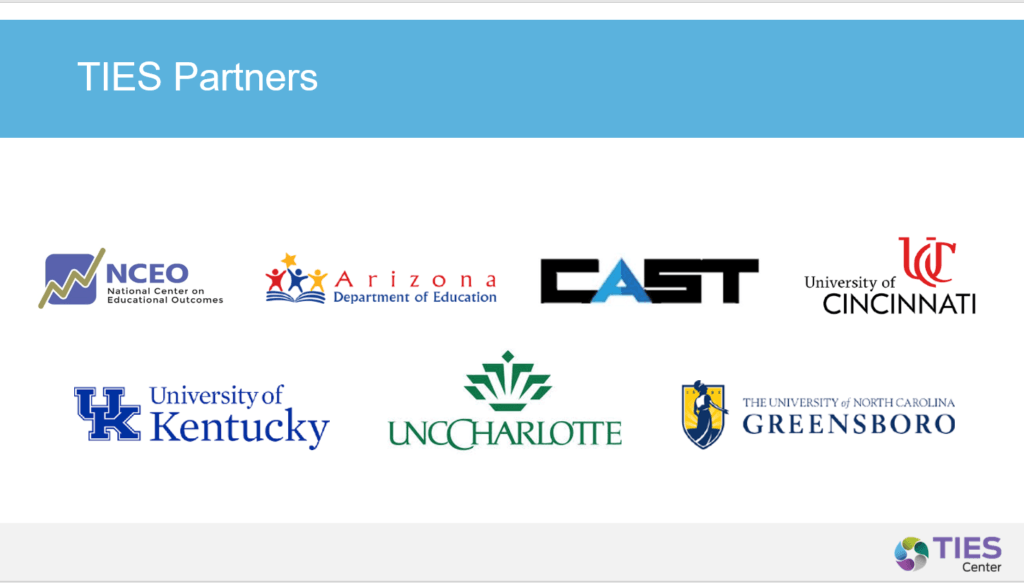
TIES 101: Communication Supports in the Inclusive Class
https://www.hdilearning.org/courses/ties-101/
This introduction and six-part Communication TIP series followed a systematic review of the literature on communication and inclusive environments. The findings of the literature review concluded that peer supports, aided language modeling, and training and planning for the teaching team were evidence-based practices that improved AAC use among students with complex communication needs.
TIES Communication 101 Learning Series
TIES Communication 101 is an asynchronous professional learning series. A certificate for one hour of credit is available upon completion. One hour of ASHA credit is available for Speech-language pathologists at no charge for the six-part course.
This series includes TIP modules on communication-based on a review of the literature on Communication Competence in Inclusive Environments currently available https://files.tiescenter.org/files/g93yqc4Knm/ties-center-report-103
The findings of the literature review concluded that peer supports, aided language modeling, and training and planning for the teaching team were evidence-based practices that improved AAC use among students with complex communication needs.
The topics in this series include:
We hope the series will provide some useful tools and strategies to use with AAC users in inclusive classrooms.
All rights reserved. Any or all portions of this document may be reproduced without prior permission, provided the source is cited as:
TIES Center is the national technical assistance center on inclusive practices and policies. Its purpose is to create sustainable changes in kindergarten-grade 8 school and district educational systems so that students with significant cognitive disabilities can fully engage in the same instructional and non-instructional activities as their general education peers while being instructed in a way that meets individual learning needs. TIES Center is led by the National Center on Educational Outcomes (NCEO) at the Institute on Community Integration, University of Minnesota, and includes the following additional collaborating partners: Arizona Department of Education, CAST, University of Cincinnati, University of Kentucky, University of North Carolina – Charlotte, and University of North Carolina – Greensboro.
TIES Center is supported through a Cooperative Agreement (#H326Y170004) with the Research to Practice Division, Office of Special Education Programs, U.S. Department of Education. Opinions expressed do not necessarily reflect those of the U.S. Department of Education or Offices within it. Project Officer: Susan Weigert.
TIES Center University of Minnesota 215 Pattee Hall 150 Pillsbury Dr. SE Minneapolis, MN 55455 Phone: 612-626-1530 www.tiescenter.org
This document is available in alternate formats upon request. The University of Minnesota is an equal opportunity employer and educator. Click the first strategy below to get started.
Introduction to the Series – Outcomes Overview
[0-2 Minutes]
TIES TIP 1: How Peers can Support the AAC User
[2-12 Minutes]
TIES TIP 2: Using Collaborative Teams to Support the AAC User in the Inclusive Class
[12-22 Minutes]
TIES TIP 3: Getting to know the AAC User
[22-32 Minutes]
TIES TIP 4: Successfully Using Communication in the Inclusive Class
[32-42 Minutes]
TIES TIP 5: Connecting Core Words, Aided Language Modeling, and Literacy
[42-52 Minutes]
TIES TIP 6: What is Communicative Competence and Why is it Important for All Learners?
[52-60 Minutes]
Jacqueline Kearns, EdD – Dr. Kearns directs a number of Communication Projects at the Human Development Institute at the University of Kentucky. With expertise in serving students with significant disabilities, she supports professional learning for educators in the areas of communication, inclusive education, and assessment and accountability. Projects include the National TIES Center, TAALC (Teaching Academic Age-appropriate Learning via Communication) project, and an initiative with the Ohio Deaf-blind Project. She holds an adjunct faculty appointment in Communication Sciences and Disorders and teaches for SPEAC IT – a personnel-preparation project. As director of the National Alternate Assessment Center (NAAC) 2005- 2010 she collaborated in the development of the Learner Characteristics Inventory for alternate assessment participants.
Disclosures:
Financial: Dr. Kearns receives a salary from the University of Kentucky and support from the Ohio Center for Deafblind Education (OCDBE).
Non-Financial: Dr. Kearns does not have any relevant non-financial relationships to disclose.
Jane Kleinert, PhD., CCC-SLP – Dr. Jane Kleinert, University of Kentucky, is Professor Emeritus in Department of Communication Sciences/Disorders with research, publications, and teaching/training delivery on communication services for persons with severe/multiple disabilities. She has been Co-PI and PI for state and federal grants in this area of specialty. Dr. Kleinert is an ASHA Fellow and was awarded the 2013 ASHA Foundation DiCarlo Award. She has co-authored extensive on-line training materials on communication for students with the most significant disabilities with Dr. Jacqui Kearns and Dr. Judy Page.
Disclosures:
Financial: Dr. Kleinert receives salary and grant funding from the University of Kentucky and the KY Department of Education
Non-Financial: Dr. Kleinert does not have any relevant non-financial relationships to disclose.
Judy Page, PhD, CCC-SLP – Dr. Page is Associate Professor in Communication Sciences and Disorders, College of Health Sciences, at the University of Kentucky. She serves as recent past president of the American Speech and Hearing Association (ASHA). Her primary areas of interest are communication intervention strategies for persons with severe disabilities and augmentative and alternative communication (AAC) systems. Other research interests include early intervention, early literacy development, and interprofessional education and practice.
She is a Fellow of the American Speech-Language-Hearing Association, a Fellow of the National Academies of Practice, a recipient of the Honors of the Kentucky Speech-Language-Hearing Association, and a past nominee for the American Speech-Language-Hearing Foundation’s DiCarlo Award for Outstanding Clinical Achievement.
Disclosures:
Financial: Dr. Page receives a salary and grant funding from the University of Kentucky and support from the Ohio Center for Deafblind Education (OCDBE).
Non-Financial: Dr. Page has been active in professional service and advocacy at the state and national levels and was the 2015 President of the American Speech-Language-Hearing Association.
Financial Disclosure:
All authors are employees of the University of Kentucky. Funding for this project is a sub-contract from the University of Minnesota TIES Project. TIES Center is supported through a Cooperative Agreement (#H326Y170004) with the Research to Practice Division, Office of Special Education Programs, U.S. Department of Education. Opinions expressed do not necessarily reflect those of the U.S. Department of Education or Offices within it. Project Officer: Susan Weigert.
Any images of devices or symbol layouts are for illustrative purposes only and no relationship with the authors should be inferred.


